16 Fire Fighting Appliances and Preventive Measures Onboard Ships
Without a doubt, one of the main causes of accidents onboard ships is fire. This is because of the presence of high temperature, the excess quantity of flammable oil and other combustible materials.
A ship is approved to sail in international waters only if it is constructed as per the Fire Safety System code and carries required Fire Fighting Appliances approved by the concerned authority.
A ship is fitted with various types of fire retardant and fire fighting equipment so as to fight any kind of fire and extinguish it as soon as possible before it turns into a major catastrophic situation.
In this article, we bring to you a list of important fire fighting equipment and measures present on board.
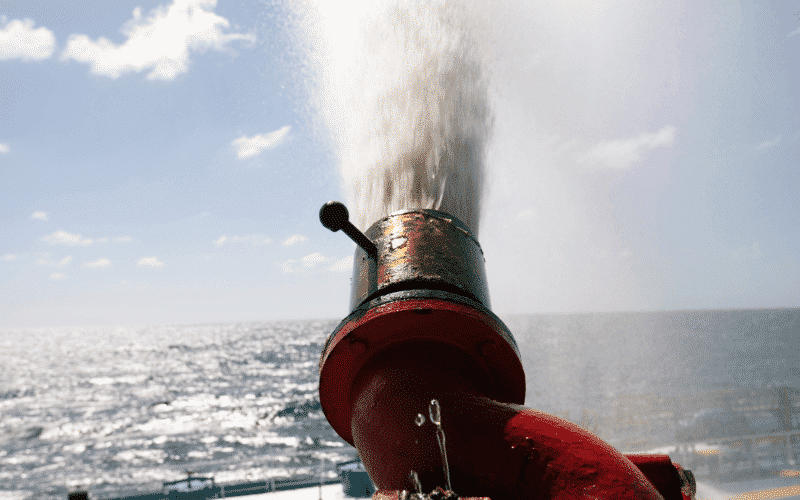
Following are the Fire fighting equipment which are used onboard ships:
1. Fire Retardant Bulkhead: Different classes of bulkheads such as Class-A, Class-B and Class-C have used onboard ships for construction of bulkheads in areas like accommodation, machinery space, pump room etc. The main applications of such bulkheads are to contain or restrict the spread of fire in sensitive areas.
2. Fire doors: Fire doors are fitted in fire retardant bulkhead to provide access from the same. They are self-closing type doors with no holdback arrangement.
3. Fire Dampers: Dampers are provided in the ventilation system of cargo holds, engine room, accommodation etc. in order to block out the excessive oxygen supply to the fire. For this, it is necessary that open and shut positions clearly marked for fire dampers.
4. Fire Pumps: As per regulation, a ship must have the main fire pump and an emergency power pump of approved type and capacity. The location of the emergency fire pump must be outside the space where the main fire pump is located.
5. Fire Main Piping and Valves: The Fire Main piping which is connected to the main and emergency fire pump must be of approved type and capacity. Isolation and relief valves must be provided in the line to avoid overpressure of the same.
6. Fire Hose and Nozzles: Fire hoses with a length of at least 10 meters are used in ships. The number and diameter of the hoses are determined by the classification society. The nozzle of diameters 12 m, 16 m and 19 m used on the ship are of dual-purpose types- Jet and spray mode.
7. Fire Hydrants: Fire hoses are connected to fire hydrants from which the water supply is controlled. They are made up of heat retardant material to get the least affected from the sub-zero temperatures and also to ensure that hoses can be easily coupled with them.
8. Portable Fire Extinguishers: Portable fire extinguishers of CO2, Foam and Dry Chemical Powder are provided in accommodation, deck and machinery spaces carried along with a number of spares as given by the regulation.
9. Fixed Fire extinguishing system: CO2, Foam and water are used in this type of system, which is installed at different locations on the ship and is remotely controlled from outside the space to be protected.
10. Inert Gas System: The inert gas system is provided in the oil tankers of 20000 dwt and above and those which are fitted with Crude oil washing. The IG system is to protect Cargo space from any fire hazards.
11. Fire Detectors and Alarms: Fire detection and alarm systems are installed in the Cargo area, accommodation, deck areas, and machinery spaces along with an alarm system to notify any outbreak of fire or smoke at the earliest.
12. Remote Shut and Stop System: The remote station shutdown is provided to all fuel lines from fuel oil and diesel oil tanks in the machinery space and which is done by quick closing valves. A remote stop system is also provided to stop the machinery like fuel pumps, purifiers, ventilation fans, boiler etc. in the event of a fire in the engine room or before discharging a fixed fire fighting system in the E/R.
13. EEBD: EEBD (Emergency Escape Breathing Device) is used to escape from a room on fire or filled with smoke. The location and spares of the same must be as per the requirements given in the FSS code.
14. Fire Fighter’s Outfit: Fire fighter’s outfit is used to fight a fire on a ship made up of fire retardant material of approved type. For a cargo ship at least 2 outfits and for a passenger ship at least 4 outfits must be present onboard.
15. International Shore Connection (ISC): ISC is used to connect shore water to the ship system to fight fire when the ship fire pump system is not operational and is on the port, lay off or dry dock. The size and dimensions are standard for all the ships and at least one coupling with gasket must be present onboard.
16. Means of Escape: Escape routes and passages must be provided at different locations of the ship along with ladders and supports leading to a safe location. The size and location are designed as per the regulation.
If you feel we have missed an important fire appliance or preventive measure, do let us know and we will add it to the list
You may also like to read-Dos and Don’ts to Avoid Fire in the Ship’s Accommodation Area
Disclaimer: The authors’ views expressed in this article do not necessarily reflect the views of Marine Insight. Data and charts, if used, in the article have been sourced from available information and have not been authenticated by any statutory authority. The author and Marine Insight do not claim it to be accurate nor accept any responsibility for the same. The views constitute only the opinions and do not constitute any guidelines or recommendation on any course of action to be followed by the reader.
The article or images cannot be reproduced, copied, shared or used in any form without the permission of the author and Marine Insight.
Do you have info to share with us ? Suggest a correction
Latest Ship Safety Articles You Would Like:
Subscribe To Our Newsletters
By subscribing, you agree to our Privacy Policy and may receive occasional deal communications; you can unsubscribe anytime.



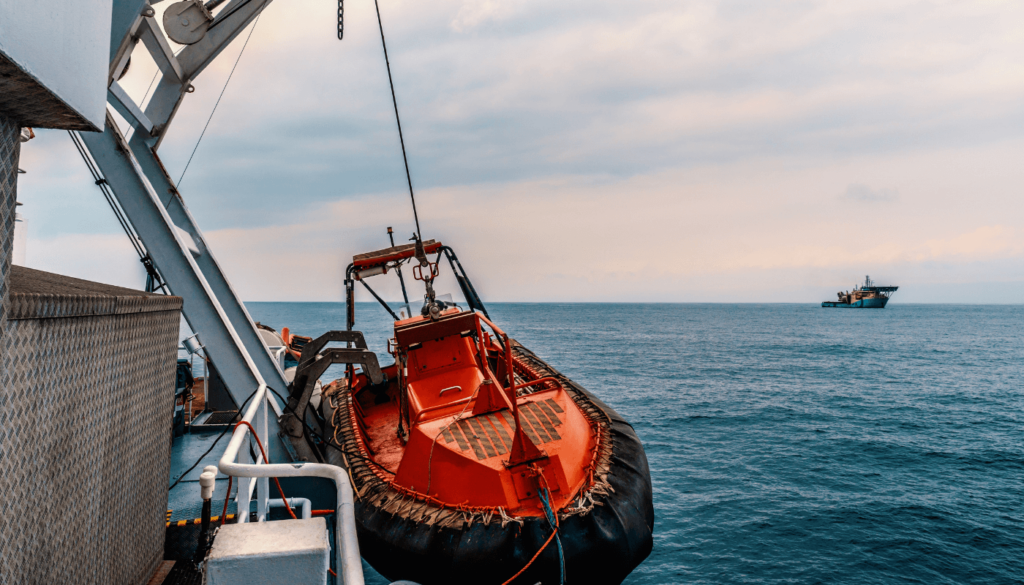
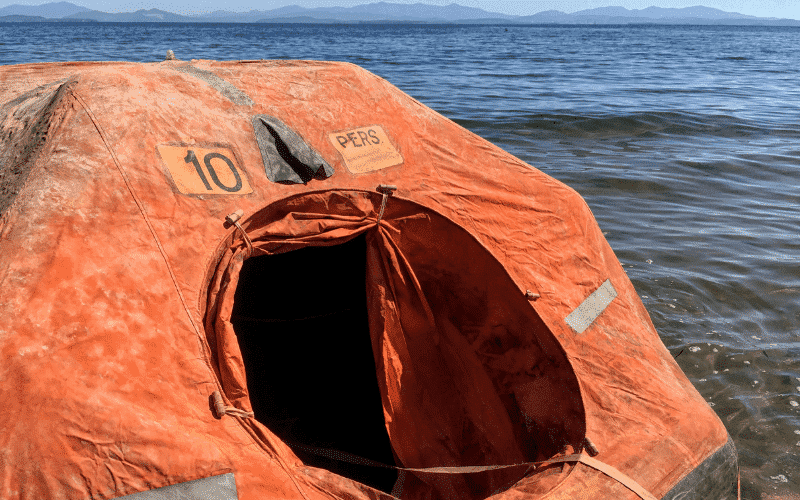
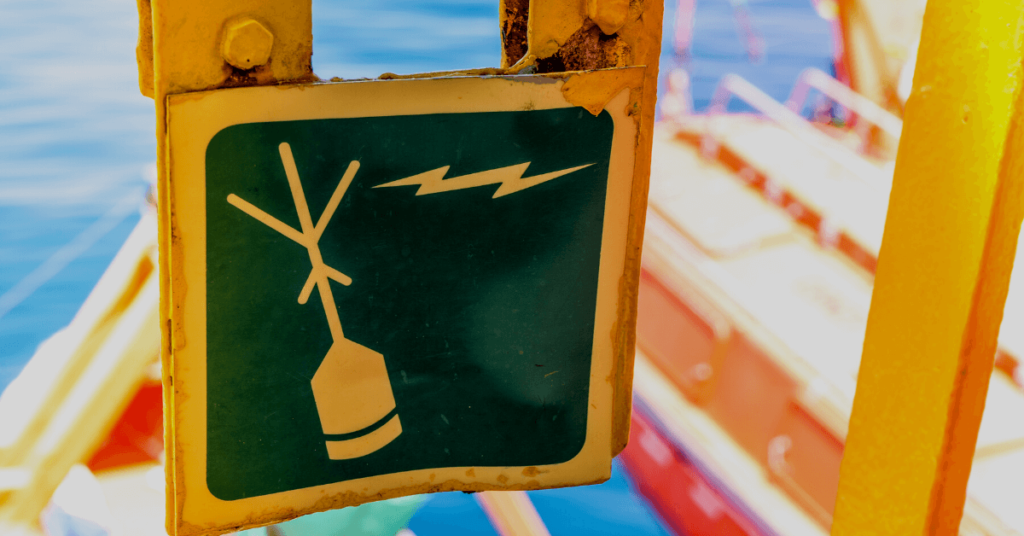

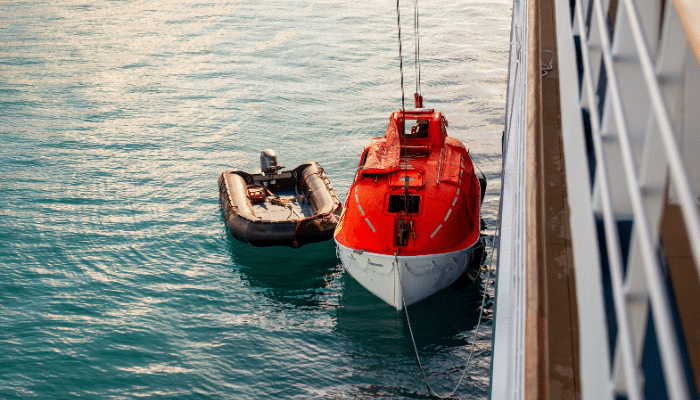
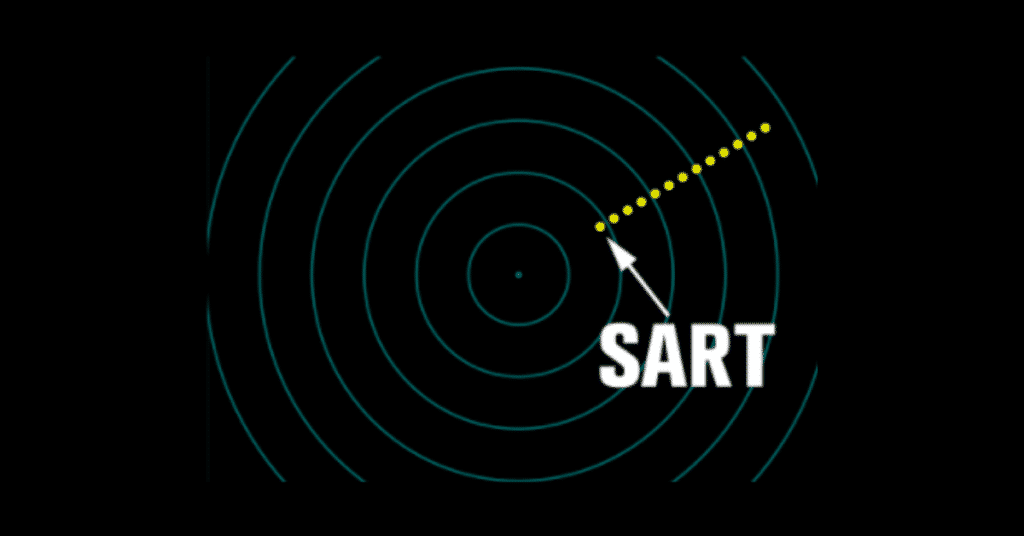

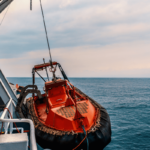
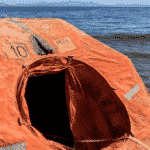
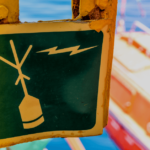
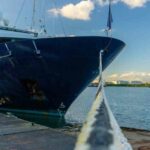
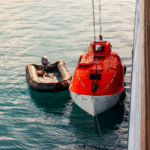
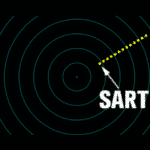
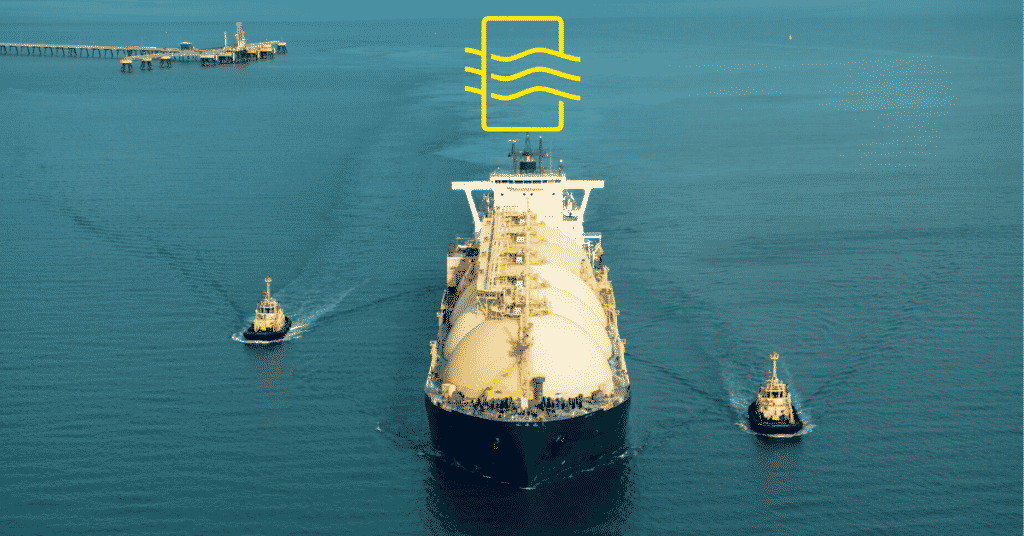
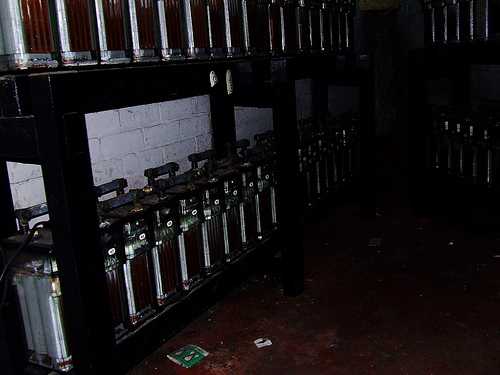

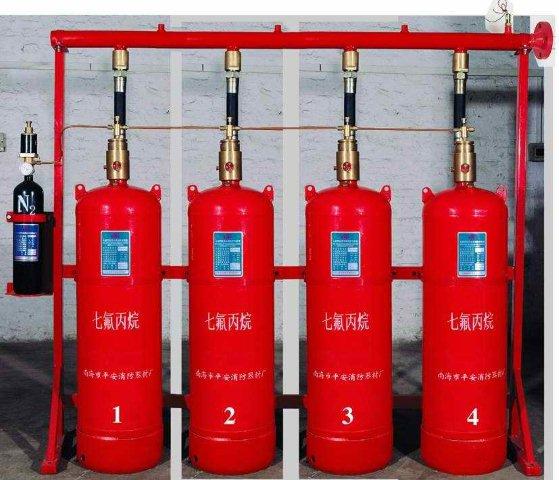

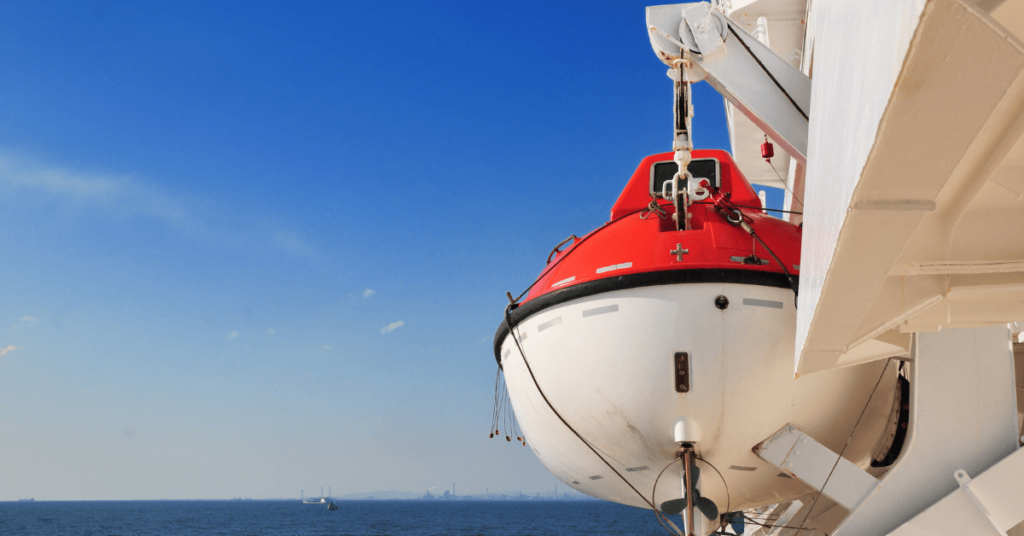
Hi Sir, You can add up somewhat more information in details about fire fighting appliances & fire fighter’s outfit…It will be more helpful. Thanks….
We are interested to buy some Fire Fighting Appliances. Please let us know your interest and ask us for more details.
sprinkler system…
How about fire blanket?
fire fitting knowlage theory except sasetion
What are the safety precautions during explosion while sailing. What can we do improve the quality of ship capacities
hello sir,
What are the problems associated when firefighting onboard a container ship
@Nitish: Please post your query in our forums as it is debatable topic: https://forums.marineinsight.com
Class A fire doors were fitted on galley entrance from crew & officers mess hall. What I know is that for self closing type doors there will no hold back arrangement. But the said doors were not self closing type and were fitted with hold back arrangement. The doors were observed left opened and attached to the hold back arrangement. Are these hold back arrangement must be removed?
There is a tool to perform hole trough containers on fire, in order to pump water inside?
want a list of minor fire fighting eqpts which can function in sub zero temperature.
Is it required for fire extinguishers to have inspection tags? if so do you guys know under what legislation?
@Michael
In SOLAS there is no word of inspection tags for fire extinguishers (SOLAS regulation II-2/14.2.2.1 )
MSC.1/Circ.1432 closer decribes how inspections are to be carried out, but again no tags mentioned.
Therefore, internationally there is no requirement for tags.
However, if your company’s maintainance plans wants tags, you need to put tags. If your flag state requires tags, you have to put them. If your Captain wants tags, you better put tags.
This tag craziness probably originates from a regulation in the US that every fire extinguishers in the country needs them….
I don’t think Port State can fine you for not having tags, but they will try, especially in Africa.
Hello
Can you please detail what a Firefighters Outfit consists of? I am finding numerous references to the Outfit, but so far I have not been able to find an official list of the component parts of a Firefighters Outfit.
Maybe a link to such information?
Many thanks
thanks
Pls, what is APP in marine?
There are many Fire Fighting Companies. But I can suggest to you the best fire fighting company is EFFPL which is an FM Global Approved Fire Fighting Contractor in India with the highest quality of Fire Protection System and Fire Fighting Systems and Integration. Ensuring to provide the highest quality of protection for any facility. Our Fire Protection Consultants and Project Managers work closely with clients to provide detailed explanations for each type of Fire Protection system available and the benefits of selecting a particular system type.